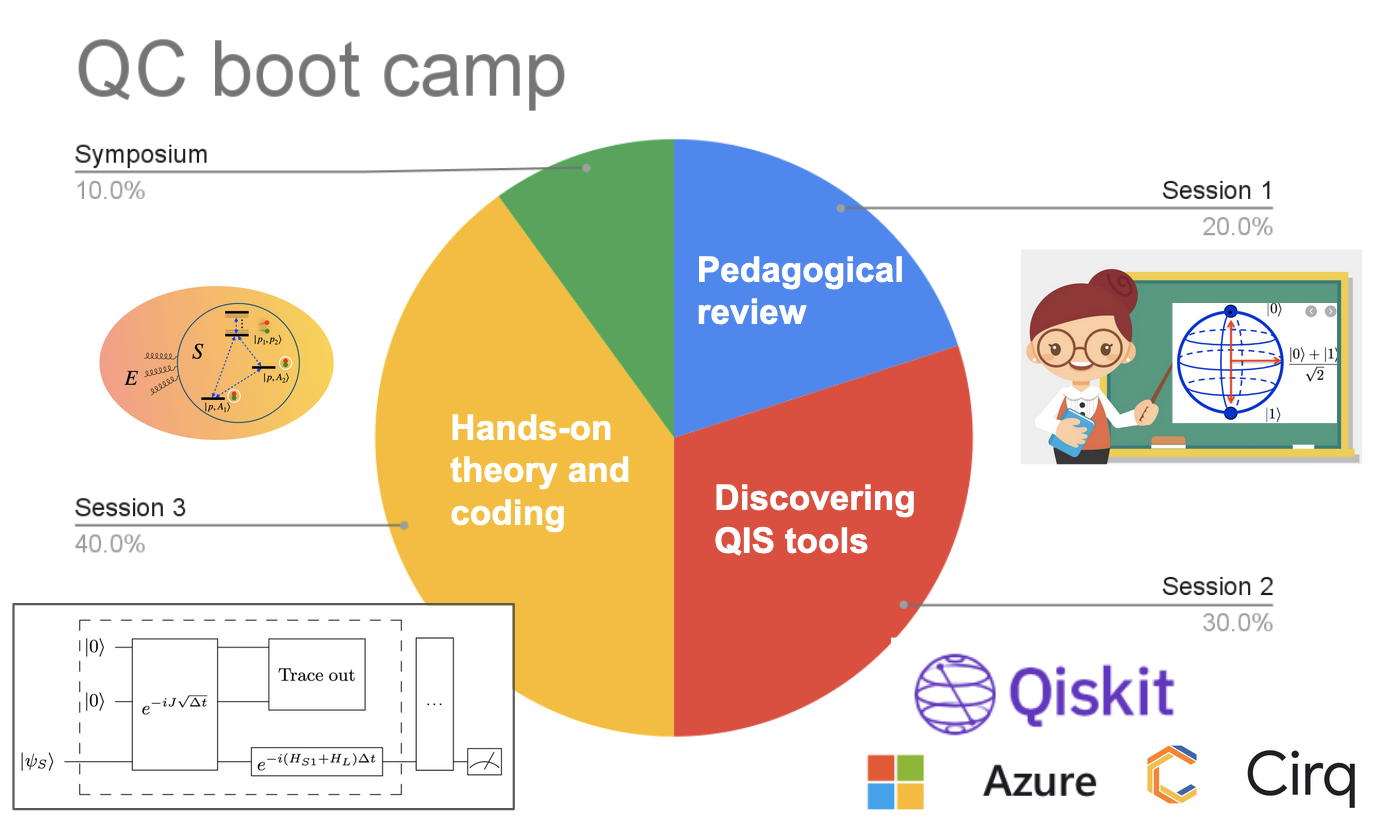WATCH YOUR TONE!
All writing has a voice, which is often referred to as “tone.” Word choice and order, sentence and paragraph length and even punctuation are all factors that contribute to someone’s tone.
A tone may be authoritative, conversational, scientific, diplomatic and so on. In these examples, note how all are saying essentially the same thing in varying tones:
- The following documentation presents a full explanation of the incident as requested.
- You’ll find everything that happened below.
- To understand the incident, read on. All details are accounted for.
There are several ways to write the same sentence and just as many ways to convey tone. Which of the above sounds like a professional statement? An informal comment? The answers reveal themselves in the details.
When put together, words like “documentation” and “explanation” give an official tone. Personalized wording like “you’ll find” "read on” convey a confident, possibly casual tone. Wording matters! How does your wording make up your tone? What wording could you change to better suit your intended tone?
Please contact Dave Bounds at x2859 (virtual office hours: Tuesday and Thursday, 9-11 a.m.) with any questions. Happy writing!



